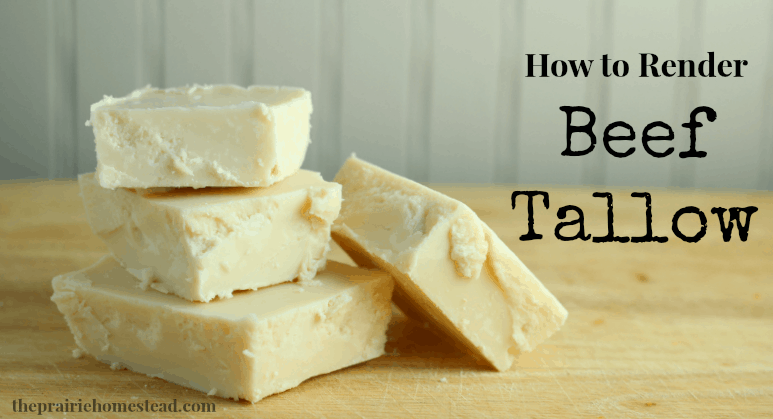“Render” is one of those words that has several meanings: to provide (as in “services rendered”), to deliver (“the jury rendered a verdict”), to represent artistically (“the eyes were rendered perfectly”), to list just a few. One of its definitions also relates to a cooking technique, where we may most often hear “render the bacon,” or “render the fat.” In this case, render means to melt and clarify hard animal fat for cooking purposes. When cooking at home, we will use fat from pig, cow, lamb, duck, and chicken to create a creamy white substance that is delicious when added to recipes.
Rendering is a process that converts waste animal tissue into stable, usable materials. Rendering can refer to any processing of animal products into more useful materials, or, more narrowly, to the rendering of whole animal fatty tissue into purified fats like lard or tallow.

Dry Rendering Method
This method doesnt require anything but the fat itself. If you choose to render the fat in a slow cooker, set the temperature to low, add the fat, and let cook for several hours, stirring every once in a while. It is done when you see that a clear fat has separated from any solids. To dry render on the stove, place the fat in a saucepan with a lid and put on a low burner. Watch carefully and stir often to make sure it doesnt burn. Remove from the heat when the fat and solids have separated. To use the oven, set the temperature to 250 F, place the fat in an oven-proof pan, and let cook—stirring occasionally—until rendered.
In all cases, you know it is ready when there are dry cracklings floating in a clear fat liquid. So the next step is to separate the two. Place a fine-mesh strainer over a bowl or measuring cup; you may want to line the strainer with a piece of cheesecloth or paper towel to catch the smallest pieces of crackling. Pour the fat and solids into the strainer, being very careful since hot fat can severely burn. You can save the cracklings, if you like, to add to salads or mashed potatoes, or even nibble on as a snack, if you are so inclined.
Methods for Rendering
There are two ways to render—with dry heat or wet heat. Dry heat means you are cooking just the fat on its own, whereas wet heat includes a bit of water. You can use a crock pot, stovetop, or oven with either method. The fat is slowly cooked until it melts and is then strained of impurities from the cooking process. (For example, cracklings are the remnants of rendering pork fat.) If properly stored, the rendered fat can keep without going rancid for 6 to 8 weeks in the refrigerator and for almost a year if frozen.
Before performing either method, you will need to prepare the fat. To avoid any spoiling, you need to remove any muscle meat or flesh that is still attached to the fat. Then cut the fatty tissue into very small pieces. To make this easier and the process go quicker, you can first place the fat in the freezer to firm up; then simply put in the food processor and shred.
How to Render Beef Fat
FAQ
How do you render meat?
What is rendering meat mean?
What does rendering mean in cooking?
How long does it take to render meat?
What is fat and meat rendering?
Fat and meat rendering, also known as animal rendering, is the process of converting animal by-products, such as bones and fat, into usable products. The process is carried out in large rendering plants and results in a range of upcycled food products.
Is rendering fat the same as cooking a steak?
Rending the fat will not be the same for any type of steak you cook! It is unlikely you will have an issue with rendering the fat on this cut. These leaner steaks contain minimal subcutaneous fat but a high amount of intermuscular fat. This will render down when cooking the meat so don’t worry about it!
What does it mean to render something?
To render something means to melt it down and separate any fat or liquid from solid pieces. For example, if you’re cooking bacon and want to save the flavorful bacon grease for other recipes, you would render the bacon by cooking it low and slow until all of the fat has melted away from the meaty pieces.
What are the benefits of rendering meat?
Rendering meat offers numerous benefits for businesses including: Rendering allows businesses to recover valuable resources from their waste products, such as animal fats and protein, which can be used in the production of other products.
